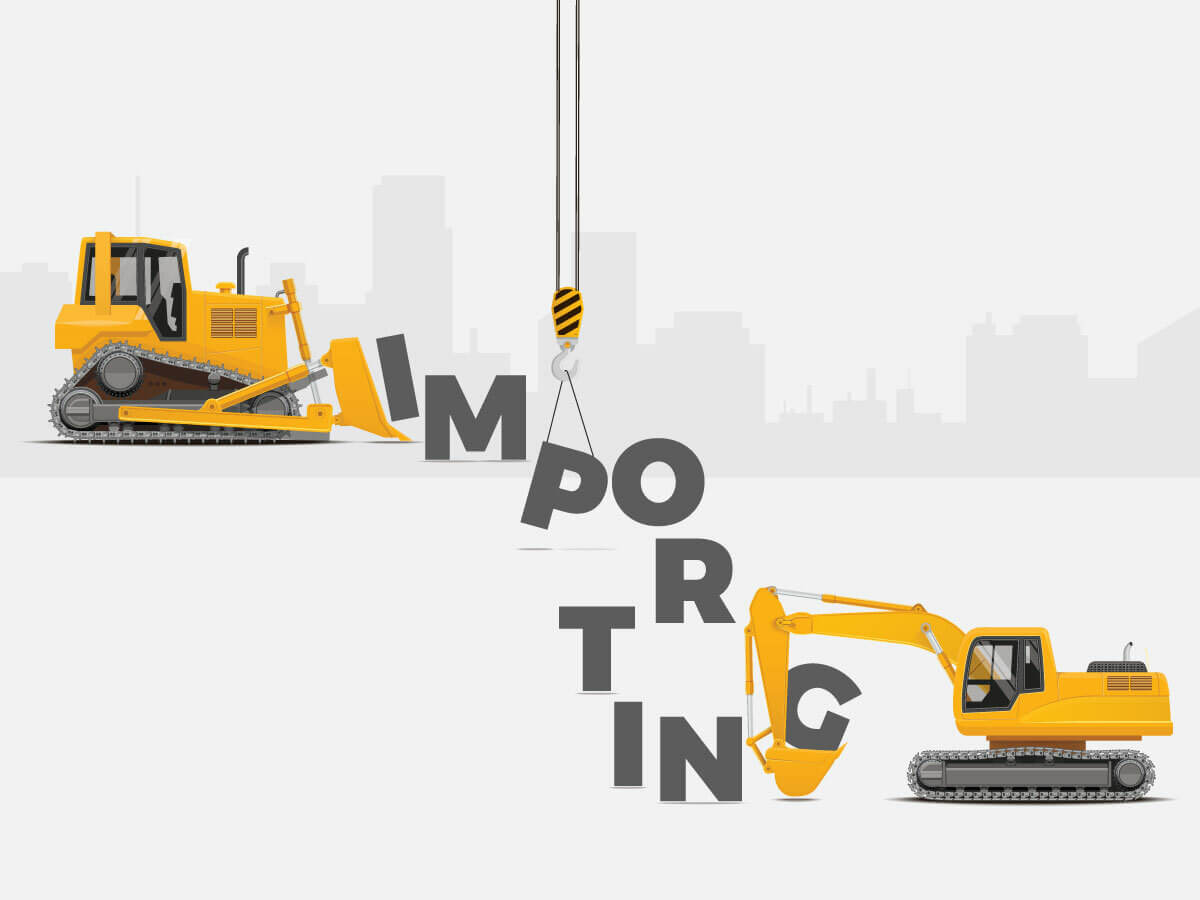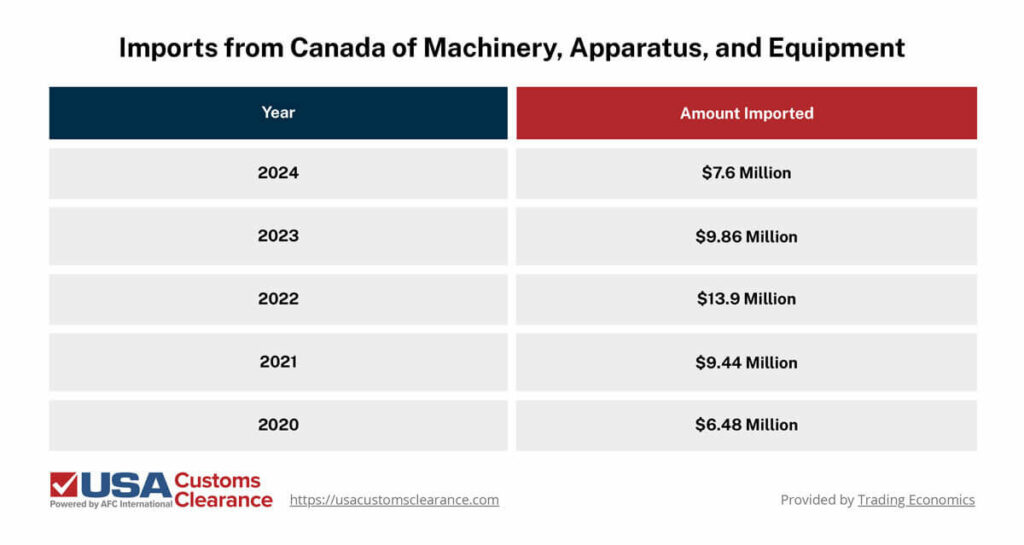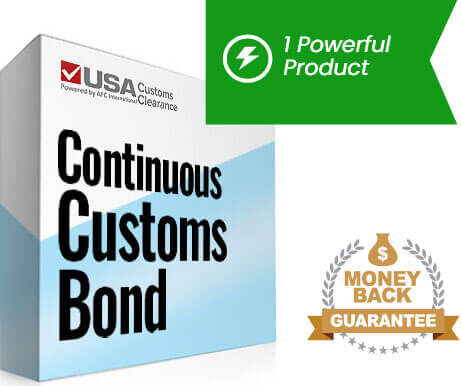
If you’re considering importing heavy equipment from Canada, chances are you or your customers have a big construction job to do. If you can’t find the tools needed in the U.S., then Canada is good a place to find your gear. However, you’ll need to follow various regulations and make some careful preparations.
Key takeaways:
Our comprehensive guide provides you with a complete breakdown on everything that goes into importing heavy equipment from Canada.
There are many Canadian heavy equipment suppliers that can provide you with the gear you require for a construction project. For example, Frontline Machinery is a family owned Canadian business that supplies the entire country.
Regardless of which company you decide to source from, you can obtain heavy equipment for various purposes.
Many U.S. importers have taken advantage of the vast amounts of machinery available in Canada. I’ve provided data that shows how much typically enters the United States.

It should be noted the machinery, apparatus, and equipment category can encompass other types of cargo besides construction gear. Despite the mild drop from 2022 onward, these numbers show that Canada remains a popular location to source from.
There are a plethora of reasons why you would choose to import heavy equipment from Canada, including.
In the following sections, I’ll review these benefits in more detail.
Related: How Much Does It Cost To Import Goods from Canada
Canada’s proximity and shared land border make transporting cargo much quicker compared to importing freight by vessel from a country overseas.
Heavy equipment can be transported via rail or on a flatbed trailer. Using these transportation modes is much more efficient than transporting it using a roll-on, roll-off (RORO) vessel.
Most Canadians speak English, and Canada itself shares the same time zones as the United States. This makes communication with your supplier much easier.
Not only will they understand you, they’ll be able to reach during the same hours of the day.
Under the United States-Mexico-Canada Agreement (USMCA) you may be able to import your heavy equipment from Canada duty free. To do so, you’ll need to meet the USMCA’s rules of origin standards to receive preferential tariff treatment for your imports.
Common rules of origin that importers aim to satisfy include:
You’ll also need to provide a certificate of origin for your Canadian heavy equipment. There isn’t a specific format for USMCA certificates of origin, but you’ll need to include nine data elements for your import.
If you want to learn more about USMCA requirements, our article can give you further guidance.
Related: NAFTA vs USMCA

Our Licensed Customs Brokers are well-versed in USMCA regulations. During a one-on-one consulting session, they'll help you secure preferential tariff treatment for your Canadian imports.
One of the problems you’ll run into when importing from countries overseas are congested and long distance ocean routes, which can lengthen the amount of time it takes to receive your cargo. When importing heavy equipment from Canada, there are numerous overland routes that freight can travel on.
Vessel transport is also available through the Great Lakes if necessary. With both land and vessel shipping available, you’ll have different options to pick from when it comes to moving heavy equipment into the country.
Importing large cargo like heavy equipment will draw the attention of numerous federal agencies. You’ll need to satisfy their requirements before they allow these vehicles to enter.
These include:
Each of the federal agencies listed will require you to complete different steps correctly. I’ll explain the specific requirements for each agency in the following sections.
The first thing the EPA will want you to do is to obtain a Form 3520-21. When filling out this document, you’ll have to check off either box G or H to identify your type of equipment. Box G applies to non-road spark-ignition engines at or below 19kW, and box H applies to non-road spark-ignition engines above 19kW.
Second, you’ll check one of 25 boxes that best describes the provision you’re importing your heavy equipment under. Next, fill out the different fields that require information about your import.
This includes details like the:
Finally, you’ll need to provide the name, address, and telephone number for all relevant parties involved in the import process.
OSHA doesn’t explicitly regulate the importation of heavy equipment into the country. This means you won’t have to complete any of their requirements for your Canadian cargo to enter the country.
However, OSHA does require employers in the U.S. to ensure that all equipment is carefully maintained for safety. While you won’t be required to maintain heavy equipment you sell to construction companies, you should still provide equipment that’s functional and safe to use.
This will assist your buyer in staying compliant with OSHA’s rules and regulations.
CBP plays a limited, but critical, role when it comes to importing heavy equipment from Canada. They’ll expect you to submit the essential documentation for your cargo to make entry.
Make sure to have all of your paperwork filled out and available 7 to 10 days before your goods arrive. This will prevent from having to rush filling them out.
Related: Documents Needed To Import and Export

Our Continuous Customs Bond will help you import any amount of Canadian heavy equipment for an entire year.
In April 2025, the U.S. implemented reciprocal tariffs on almost every country in the world. Although Canada was spared, it’s only because the country is already subject to a 25% flat rate tariff from an executive order that went into effect March 2025. Fortunately, you can avoid this tariff when you import heavy equipment using the provisions provided by USMCA.
You’ll just need to ensure your heavy meet the rules of origin we’ve already discussed and provide a certificate of origin. However, any Canadian heavy equipment that doesn’t abide by USMCA origin standards will still be subject to the 25% tariff.
Related: How Reciprocal Tariffs Impact Global Trade
There’s a considerable amount of preparation that goes into importing heavy equipment from Canada. USA Customs Clearance can make this process a little easier. We have a team of Licensed Customs Brokers that are up-to-date on the requirements for these goods. You can also use a variety of services that we offer.
Get started by clicking the links or contacting our team through the site. If you have questions or concerns, you can call us at (855) 912-0406 for more information.
 Copy URL to Clipboard
Copy URL to Clipboard
How much would it cost to load, haul and do all required customs paperwork from Guelph, Ontario across the border near Buffalo, NY. One Yanmar S190R skid steer. A 7000 lb machine 6’ wide by 11’ long. Thank you.
I want to know more about inporting heavy equipment from Canada to my country
Requesting price to import caterpillar 314 CLCR Excavtor from Bolton Ontario Canada
To 950 S 2nd street Ronkonkoma NY 11779
Shipping Dimensions
Length 25 feet
Height 10 feet
Width 10 feet
Weight 35,000 lbs
AmayaDesh company wants to purchase two excavators and a loader machine and we want to visit them physically.